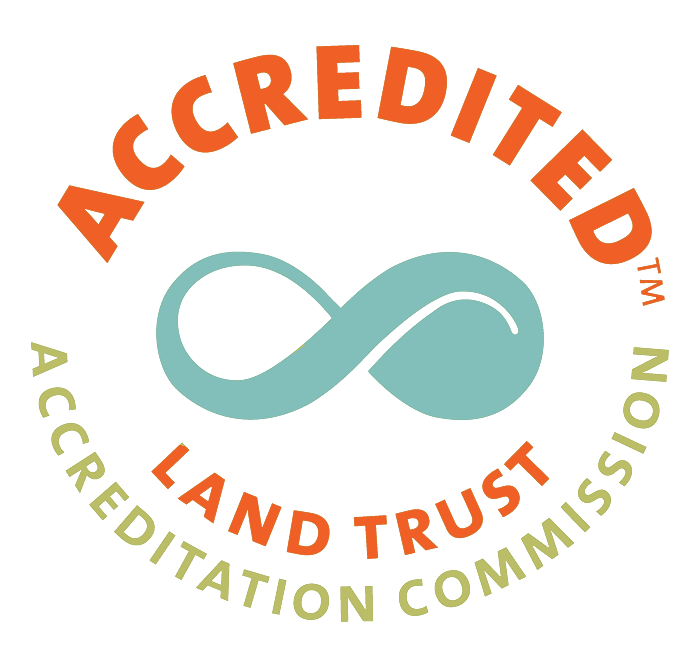October 2023 Kids’ Corner
Fun outdoors for all ages
Around New England, fall becomes synonymous with apples. Maybe you have some local wild apple trees that you’ve watched blossom in the spring and become heavy in the fall with apples or maybe you visit a local orchard each year to pick your own. Either way, apples are a fun and seasonal topic celebrated through crafts, projects, and especially food!
Despite the apple’s clear connection to fall in New England, apples are not a native species. Apples originally grew in central Asia and were brought to Europe on the silk road where they were grown and cultivated for hundreds of years. When Europeans settled in the United States, they brought apple seeds with them and began the tradition of growing apples here too. Interestingly, while apple trees can be grown from seeds, many are grafted onto existing saplings. This is because apples are not true breeders. The seeds inside apples from one tree will produce trees that grow apples quite different in taste. Because growers generally want the same kind of fruit, they take branches from one tree and graft them onto the trunk of another.
Apples are a pretty commonly consumed food, often being eaten raw or cooked into sweet or savory dishes. Despite the saying “an apple a day keeps the doctor away” apples aren’t high in nutritional value. The average apple is 86% water and 14% carbohydrates with negligible fat and protein. But while they may be more of a treat than a superfood, they’re easily stored, saved, and transported making them a very popular snack. Check out this website for information on New England apple varieties and their histories!
Want tips on how to explore apples this October? Here are some great ideas:
We often assume we have to go to an orchard for apples. And while that is the most obvious choice for picking cultivated and cared for apples, you can find many wild apple trees along streets and in fields and edge habitat. While these apples may not be the largest or tastiest for eating raw, they’re perfect for an apple crisp or apple projects! See where you can find apple trees and take a few home with you! Do you see more green, yellow, or red? Any crab apples?
Interested in apple activities and crafts? We’ve got you covered!
There are so many things to do with apples. One fun STEM project is seeing what happens to apples suspended in different liquids and air. Cut up quarters of apples and place them in jars. Fill one with water, one with vinegar, and one with oil. Leave the last with air. Watch them over time. What happens? Another STEM project involves building with apple pieces. Cut an apple or two into small chunks and use toothpicks to stick them together. Can you build a tower? What about a shelter for an animal?
Of course, who can go through apple season without baking with apples? One of the simplest baking options is an apple crisp and cutting apples is great for motor skills! First peel the apples, then use child appropriate chopping tools to chop up apples. Mix with some sugar and lemon juice along with warm spices like cinnamon and place in the bottom of a pan. There are a few different ways to make the toppings but I like this recipe:
¾ cup brown sugar
¾ cup all-purpose flour
1 teaspoon ground cinnamon
¼ teaspoon salt
1 pinch ground cardamom
½ cup butter
¾ cup rolled oats
Then spread that on top and bake in a 375-degree oven for about 30 minutes or until the apples feel done. Serve with ice cream or whipped cream!
Thanks to our partner, the Gale River Cooperative Preschool in Bethlehem, for helping our area parents get kiddos outside for fun no matter the time of year.





